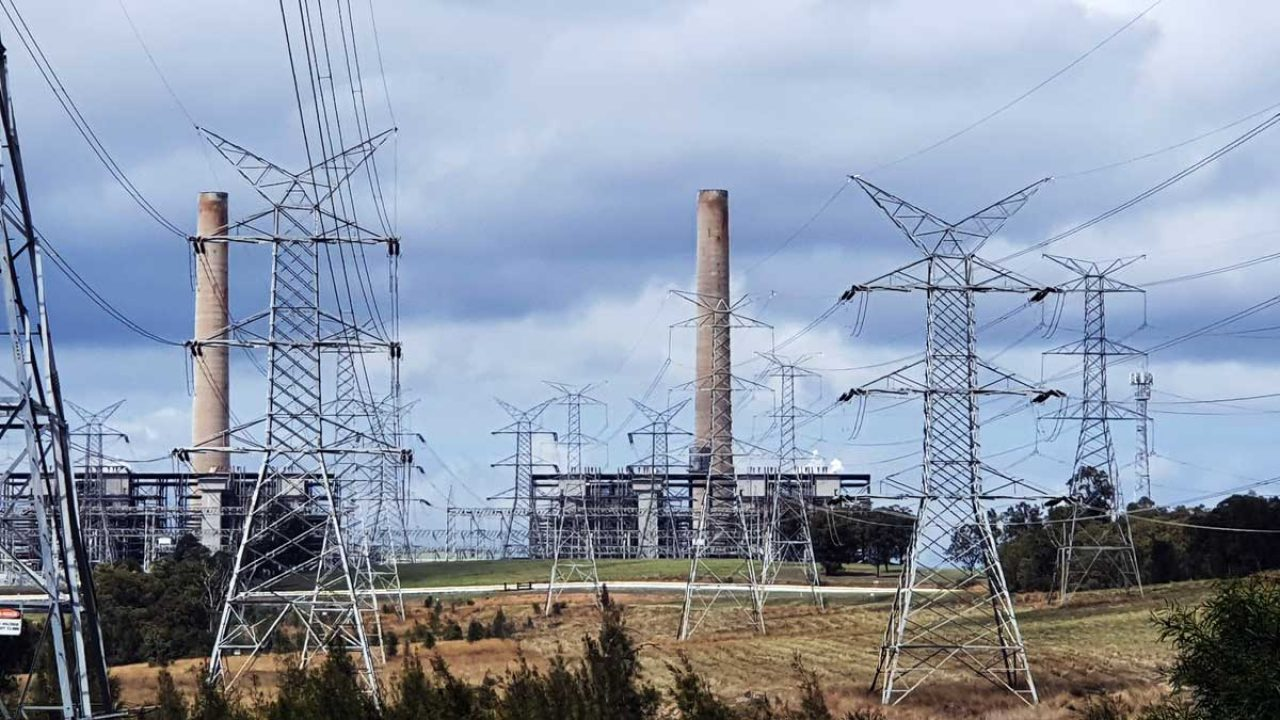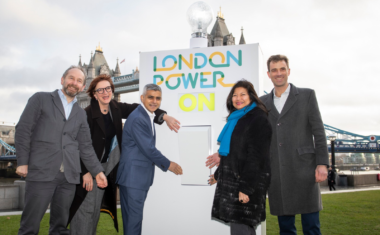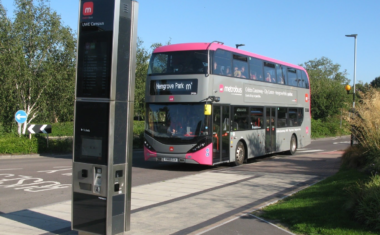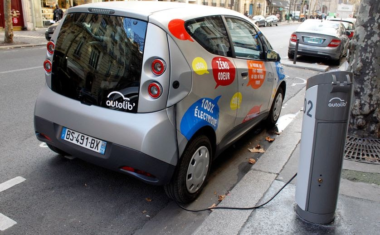Energy Efficiency Improvement Scheme (EEIS)
- 10
- 6 min to read

Canberra, Australia
About the city. The ACT’s Sustainable Energy Policy focuses on smarter use of energy through the energy efficiency of homes, buildings and appliances, behaviour change and fuel switching.
Goal
Australia has an unstable climate with cold winters and hot summers, so electricity and heating are the biggest expenses for all residents. Improving energy efficiency by the EEIS helps them to reduce energy use and get more out of the energy, providing a buffer against higher energy prices in future.
Implementation period. The objects are defined in the Energy Efficiency (Cost of Living) Improvement Act 2012 (the Act). The project was launched in 2013.
Fact
There are over 20 eligible activities under the EEIS including energy-efficient lighting, draught sealing, heating, cooling, hot water and other appliance upgrades.
Solutions
https://www.youtube.com/watch?v=3Z0J1CGg_I0
The EEIS works by requiring all electricity retailers in the ACT to meet a Retailer Energy Savings Obligation which is set as a portion of the retailer’s electricity sales.
Larger retailers must deliver eligible energy-saving activities to consumers. Due to this obligation, retailers offer discounts or free products to consumers who receive activities. Smaller retailers can choose to deliver activities or pay a contribution to the ACT Government. Contributions must be spent on programs that align with the objects of the scheme.
Challenges
Problem. Low-income households and their benefits from EEIS
Solution. Under the EEIS, Tier 1 electricity retailers need to ensure a percentage of savings occur in low-income or priority households. The EEIS Priority Household Target (PHT) has been increased to 30% from 2020 (formally 20%). This will create even more opportunities for low-income households to benefit from energy efficiency.
Also, low-income households have some discounts.
Problem. If a household is not eligible or the EEIS activities aren’t appropriate to it.
Solution. The EEIS connects with the ACT Government’s Actsmart programs which offers a range of initiatives and advice services to reduce emissions, energy bills, water and waste. They can also provide free expert advice to all ACT residents and businesses.
Problem. EEIS risks and safety issues related to insulation installation.
Solution. To ensure insulation activities are delivered safely, recommended risk treatments were incorporated into the codes of practice for insulation activities and include several points like pre-installation inspections by a licenced electrician, accreditation and training of installers and others.
Team
The EEIS is funded by electricity retailers, who pass a portion of those costs through to ACT electricity customers, Australian Capital Territory (ACT). Environment, Planning and Sustainable Development Directorate.
Timeline
From the scheme commencement in 2013 until mid-2019, around 74,000 households and businesses have participated in the Scheme, including close to 19,000 priority low-income households. About $400 million of lifetime energy bill savings and is estimated to achieve lifetime emission reductions of around 500,000 tCO2-e, equivalent to taking approximately 165,000 cars off Canberra roads for a year.
The installation of products such as LED lighting, standby power controllers, draught sealers and energy-efficient appliances has helped reduce energy use and greenhouse gas emissions.
The Legislative Assembly is considering legislation that would extend the EEIS for another 10 years, from 2021 to the end of 2030.
If you notice an error or inaccuracy in our editorials, please email [email protected] so we can look into it.





